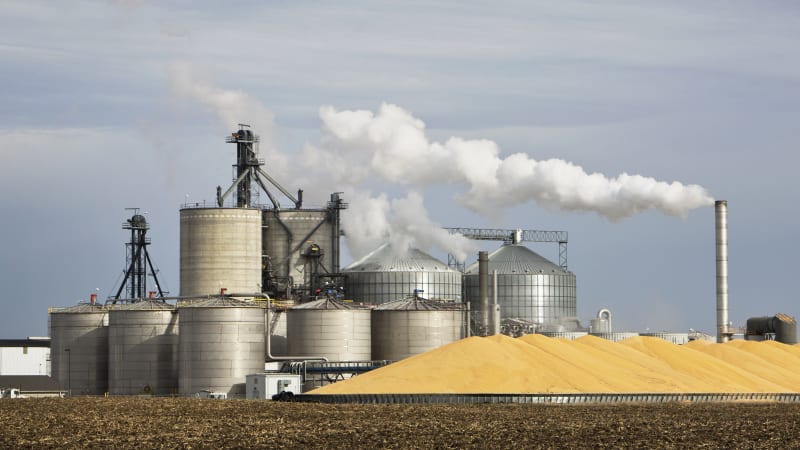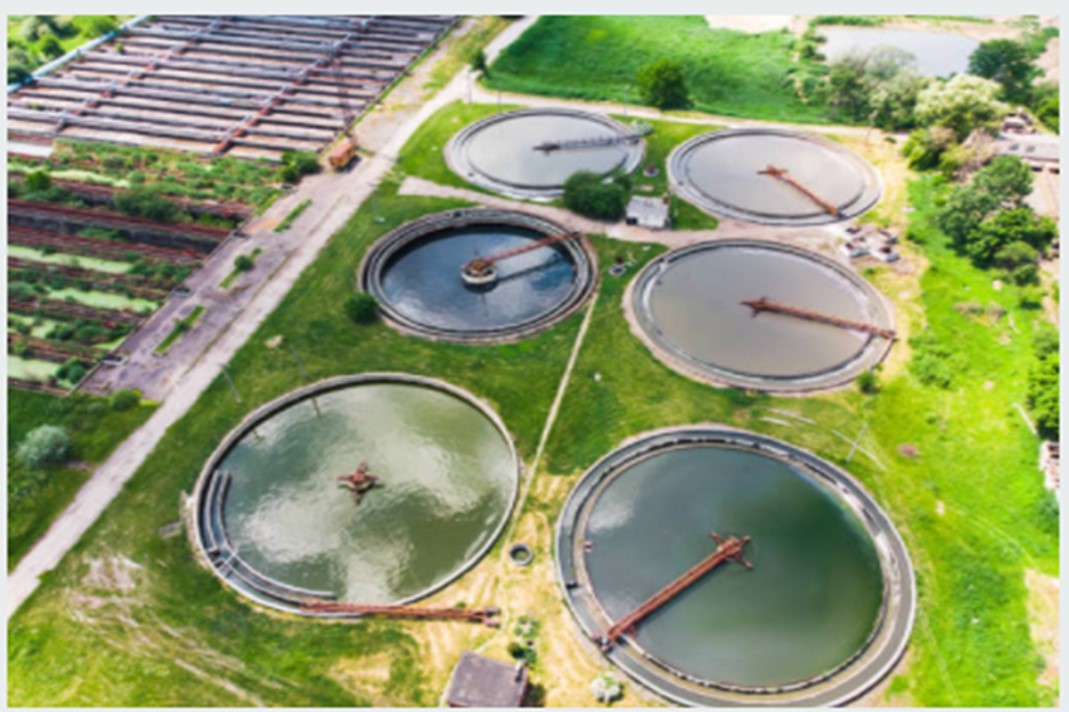Bio-Ethanol Production
Ethanol is generally produced by the fermentation of sugar, cellulose, or converted starch and has a long history. First-generation ethanol can be obtained from the fermentation of the edible parts of sugar-rich crops such as sugarcane, maize, guinea corn, millet, other starchy substrates, and cellulose. More recently, local production of ethanol from cassava has gained some interests.
After fermentation and distillation, ethanol can be directly blended with gasoline in different proportions. For example, a mix of 5 per cent ethanol and 95 per cent gasoline is denoted as “E5.” Truck and rail transportation are the major modes of moving ethanol to the blending terminals, where ethanol is mixed with gasoline to form the E-10 or E-85 blends for consumer engine use. Currently ethanol is not transported by pipelines that are designed and used for petroleum-based products, however a few companies are testing shipping ethanol this way. Using the more expensive truck, rail and barge transportation increases the costs to the markets most distant from the ethanol plants.
Benefits
- It is not poisonous.
- It does not cause air pollution or any environmental hazard.
- It does not contribute to the greenhouse effect problem (CO2 addition to the atmosphere, causing global warming).
- It has a higher-octane rating than petrol as a fuel. That is, ethanol is an octane booster and anti-knocking agent.
- It can be used as an additive for diesel (biodiesel). Ethanol is also an important feedstock for the chemical industry.
- It is an excellent raw material for synthetic chemicals.
- Ethanol provides jobs and economic development in rural areas.
- Ethanol reduces country’s dependence on petroleum, and it is a source of non-oil revenue for any producing country.
- Ethanol can reduce the adverse foreign trade balance.




